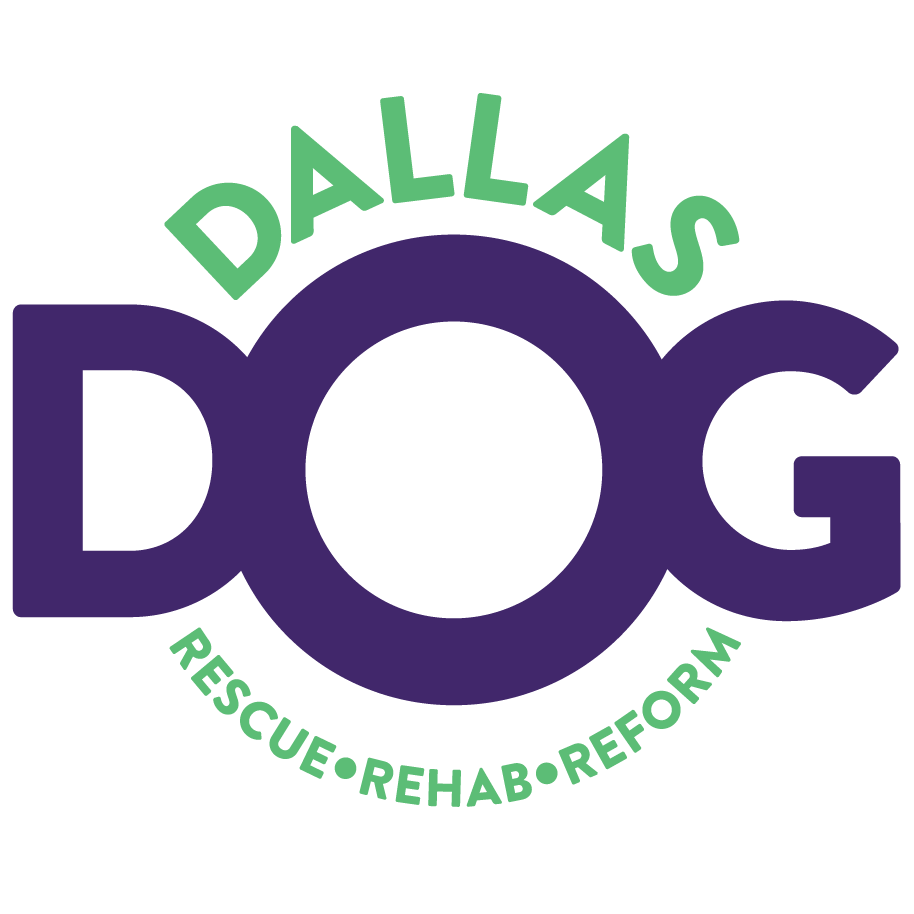
Medical Resources for Fosters and Adopters
Dallas DogRRR is committed to ensuring every dog and cat receives the medical care they need to thrive. This page offers essential resources for scheduling appointments, requesting medical support, and finding answers to common medical questions for fosters and adopters alike.
APPOINTMENTS
Please request appointments in advance - our veterinary partners are typically booked 1-2 weeks out, sometimes longer.
It is the responsibility of fosters and adopters to remember the veterinary appointment details provided by Dallas DogRRR. Our Medical team consists of two volunteers who: schedule appointments, request records, work with our Adoption team, triage medical questions and handle emergencies for more than 200 dogs. We have one volunteer that uploads and maintains records, tracks microchips, and more.
Due to the high volume of inquiries we receive, please avoid contacting volunteers via text message or social media - this can result in important information getting lost or buried.
EMERGENCIES
Please be mindful that most of our veterinary partners close by 6pm. If your foster animal has been ill all day and/or the previous day, one of our veterinary partners may be able to see them during their operating hours. This helps us avoid the high cost of emergency vet clinics, which can be thousands of dollars. Do not wait, or hesitate, to request an emergency appointment!


SCHEDULE AN APPOINTMENT
If you have a medical question about your foster or adopted dog or need to schedule an appointment contact our medical team for non-emergencies.
All requests/inquiries are prioritized based on the level of severity/urgency. If you do not receive a response within 48 hours, or if the condition of your foster animal changes, follow up with us by sending another email within the original email thread. Do not call or text medical team volunteers for non-emergency inquiries.
Reminder all medical requests must go through the request email!
If you text for non-emergencies you will be redirected to the website to schedule.
Please text the team for all emergencies - please include the type of emergency, the dogs name, and your location. Please let us know immediately the medical team will advise you of the next step.
*Medical inquiries posted in the "dallas dog rrr foster/adopter communication" facebook group may not be seen by our volunteers promptly due to post volume.



















